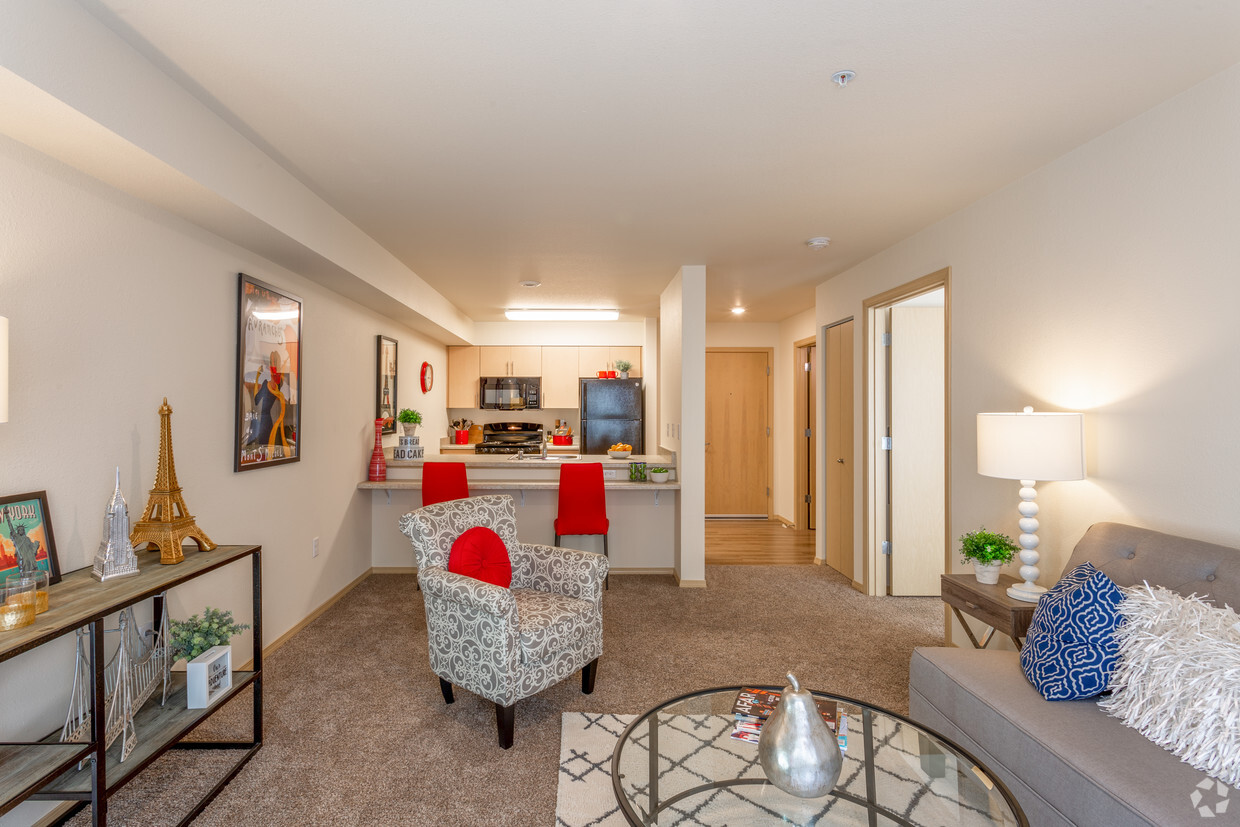
Retirement communities
62 and over or 55 and over apartments or communities
active adult or senior living communities
senior living apartments or senior housing
continuing care retirement community (ccrc)
senior co-housing.

What they are/who they are for: seniors who don’t need assistance with daily living but want to live with other seniors in multi-family units (apartments or condominiums) and gain access to services. What’s included: property maintenance of common areas such as pools, gym rooms or meeting rooms. May include dining facilities, housekeeping, transportation and social activities. Average cost: as of 2018, median monthly cost was $2,552.
Does senior apartment living provide transportation?
On the surface, rental senior living communities come with the lowest entry cost of any senior living option. Residents simply sign a lease, usually pay some form of an up-front fee (such as a security deposit, community fee or membership fee), and then move in. Residents then pay rent in the form of a monthly fee that includes the leasing cost to occupy their apartment (in what is usually independent living).
 Residents of a rental senior living community might also have access to services and amenities as part of their monthly fee, but not always. Rental retirement communities may be affiliated with one or more outside facilities that offer long-term care services—such as assisted living, memory support or skilled-nursing care—where those services are provided, off-site and as the need for care arises.
Residents of a rental senior living community might also have access to services and amenities as part of their monthly fee, but not always. Rental retirement communities may be affiliated with one or more outside facilities that offer long-term care services—such as assisted living, memory support or skilled-nursing care—where those services are provided, off-site and as the need for care arises.
Assisted living apartments within 55+ communities offer a higher level of support for residents who need assistance with daily activities. These apartments combine living space with easy access to care and support. Services may include meal preparation, medication management, and personal care assistance, ensuring that residents receive the help they need while preserving as much independence as possible. Amenities in these communities are designed to provide comfort and convenience, with features like emergency call systems, housekeeping, and transportation services. The supportive environment in assisted living allows residents to live with dignity and as much independence as their situation allows, with the assurance that help is always close.
Senior apartments vs. assisted living and nursing homes?
Also known as alzheimer’s care, is simply is simply treated in nursing homes or assisted living facilities with occupants residing in their personal floor or wing. This will ensure that the best services are offered to individuals suffering form memory conditions such as dementia or alzheimer’s. The simple services for daily living in this type of senior home ranges from laundry, housekeeping, preparation of meals, etc. Furthermore, door alarms, safety precautions, and other measures are adopted to ensure the safety of its residents.
When you make the move to a senior apartment , you’ll need to select the level of care that is best for you. Senior living communities are made up of apartments where residents have different service options like independent living, assisted living and memory care. Independent living is great for seniors who are able to manage day-to-day tasks like bathing, getting dressed and moving around on their own. Seniors who live in senior apartments at independent living communities have access to all of the benefits of a senior living community that make life easier like housekeeping and laundry service and meals prepared by a chef each day.